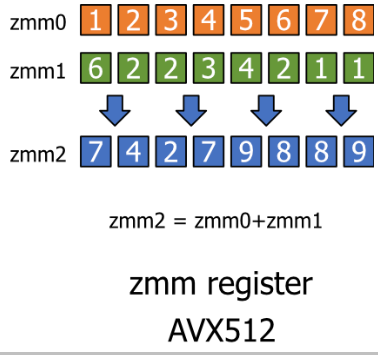 Writing efficient code is challenging but worthwhile. Andrew Drakeford demonstrates how SIMD (Single Instruction Multiple Data) can reduce your carbon footprint.
Writing efficient code is challenging but worthwhile. Andrew Drakeford demonstrates how SIMD (Single Instruction Multiple Data) can reduce your carbon footprint.
Use SIMD: Save The Planet
by Andrew Drakeford
From the article:
Some sources claim that data centres consumed 2.9% of the world’s electricity in 2021 [Andrae15]. With the recent sharp increase in energy prices, many firms became aware of this cost. Additionally, trends in AI use and the near-exponential growth in both network and data services projected over the next few years [Jones18] suggest that this situation will only get worse.
A data centre’s single purpose is to run our software (not heat the planet). But what if the processing cores that our software runs on have a unique, often unused, feature that would enable them to do the work several times faster? Would this also mean several times more efficiently? This feature is SIMD (Single Instruction Multiple Data).
SIMD is a parallel computing technology that allows processors to perform the same operation on multiple data elements simultaneously. By using SIMD instructions, a single CPU instruction can operate on multiple data elements in a single clock cycle. For example, with 256-bit SIMD registers, it is possible to process eight 32-bit floating-point numbers or sixteen 16-bit integers in parallel. This leverages the data-level parallelism inherent in many algorithms, such as mathematical computations, image processing, audio processing, and simulations. Figure 1 illustrates the element-wise addition of two sets of numbers using the SSE2, AVX2 and AVX512 instructions sets.
SIMD instructions use vector registers, which can hold multiple data elements. These registers allow the CPU to apply a single instruction to all the elements simultaneously, thus reducing the instruction count. Consequently, SIMD can provide a substantial speedup for tasks that exhibit regular and parallelizable data processing patterns.


Add a Comment
Comments are closed.